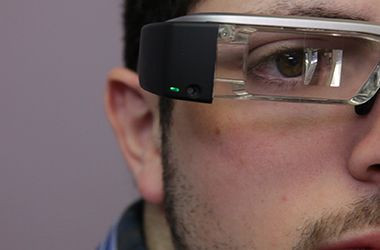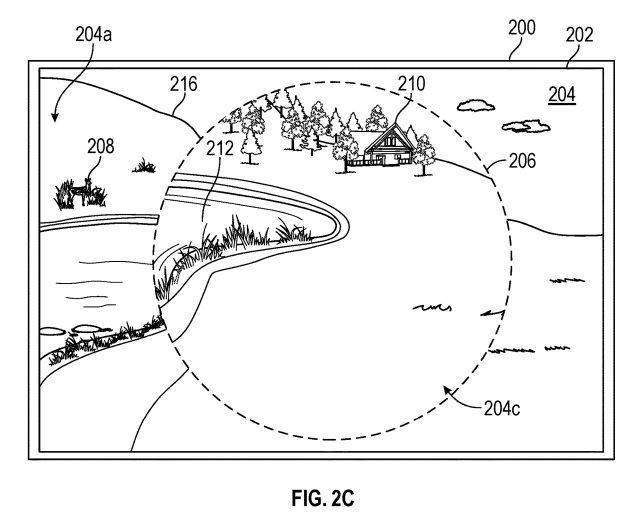Apple Glasses Could Feature Advanced Magnification Technology

KEY POINTS
- Apple is working on its head-mounted display devices such as the Apple Glass
- Apple is also working on new features to equip the AR glasses with
- One of these features could be advanced zooming technologies, according to a new patent application
Apple is busy preparing its head-mounted display (HMD) devices and equipping them with state-of-the-art features that fans would love to see. One of these features could be advanced zooming technologies that will give wearers a close-up view of anything they want to observe.
A new patent application, titled “movement within an environment,” describes a system that allows the long-rumored “Apple Glass” and other similar devices to magnify images seen from a distance.
The technology described in the patent lets users zoom in to a certain item in their field of view without losing sight of other things in their FOV. It also offers increasing levels of magnification, letting users see distant objects clearly without having to approach them physically.
The system uses so-called “computer-generated reality” (CGR) environments. This can be described as a computer-generated representation of the actual physical environment, shown via the Apple Glass. The magnification happens within the CGR environment.
Here's how it works.
First, a user will be presented with a CGR environment representing the real-time, actual environment around him. The CGR will be complete with all the details and elements expected in the actual environment, such as trees, buildings, bodies of water and so on.
Second, if a user wants to zoom in to a certain spot, he will need to input a command to the system via an input device coupled to the system. Patent images show the user's FOV as centered on the item to be magnified in sight.

Third, the system will respond by zooming in to the object. The zoomed-in view will be displayed on the screen of the Apple Glass, either at the center of the screen or some other area. Some display space will be reserved for an unmagnified view of the area of the user's FOV.
Fourth, if the user wants to zoom in a bit more, he will need to input a command. Apple said the level of magnification depends on the input. The unmagnified view of the user's FOV remains on the display as well.
Fifth, users will be able to look at other areas by moving the Apple Glass. If they do not zoom out, a view with the same magnification level will still be shown on the screen alongside an unmagnified view of the environment in front of the HMD.
While the technology sounds exciting, it's worth noting that this is but a patent application at the moment and a release date could be far off.
Previous patents indicated that Apple's AR glasses could also come equipped with advanced eye-tracking, gaze prediction and spatial audio features.
© Copyright IBTimes 2025. All rights reserved.




















